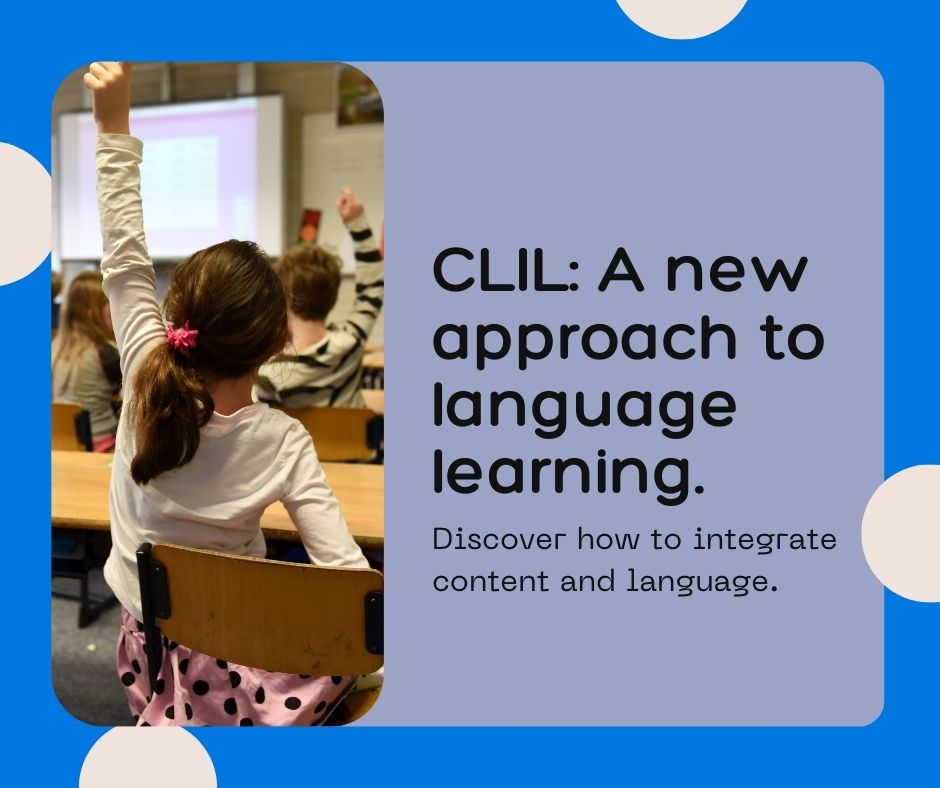A profile of primary school students’ literacy through EMI in CLIL Contexts
DOI:
https://doi.org/10.21070/jees.v8i2.1802Keywords:
EMI, CLIL, critical thinking, literacyAbstract
For several years, the competence of students in Indonesia has always been recorded as very low. In PISA, Indonesia ranks at the 3rd or 4th lowest position, especially in Reading, Mathematics, and Science. This condition has, of course, raised the concerns of educators in Indonesia, and some schools then decided to implement an international curriculum along with the 2013 Curriculum. With the international curriculum, students are required to have very good literacy, to comprehend the texts and questions they work on. This also entails teaching them with teaching strategies which, besides developing their language competence, also enhance their critical thinking skills. This paper reports some ways in which EMI and CLIL can develop primary school students‟ English proficiency, literacy, and critical thinking skills. Data were taken from some Primary Schools which implement the synergy of national and international standard curricula, particularly from the scores of the students on two tests. Focus of the learning is given to the students’ English proficiency and literacy. The total numbers are 248 students from 14 primary schools located in most cities in East Java and some in South Celebes. The results show that the program equips the student with higher proficiency, literacy, and critical thinking skills. This study implies that EMI in CLIL context can accommodate primary school students’ literacy learning.
HIGHLIGHTS :
- ESL lessons in Primary schools implement the synergy of the National Curriculum and international framework do enhance students‟ literacy, proficiency, and critical thinking skills.
- The implementation of CLIL and EMI in primary school evidently gives benefits to the students‟ language proficiency.
- It is confidently stated that EMI, which is implemented in the CLIL program, particularly in the primary schools which implement the synergy of dual curriculum (the 2013 Curriculum and the international framework).
Downloads
References
Bruyel-Omedo, A., & Juan-Garau, M. (2009).English as a lingua franca in the linguistic landscape of the multilingual resort of S’Arenal in Mallorca. International Journal of Multilingualism, 6(4), 1-4.
Cañado, M. L., (2018). Addressing the research gap in teacher training for EMI: An evidence-based teacher education proposal in monolingual contexts. Journal of English for Academic Purposes, 48. DOI: 10.1016/j.jeap.2020.100927.
Coyle, D., Hood, P., & Marsh, D. (2010). CLIL Content and Language Integrated Learning. Cambridge: Cambridge University Press.
Creswell. J.W. (2008). Educational Research. Third Edition. Upper Saddle River, New Jersey: Pearson Education, Inc.
Dearden, J., & Macaro, E. (2016). Higher education teachers’ attitudes towards English medium instruction: A three-country comparison. Studies in Second Language Learning and Teaching, 6(3), 455-486.
Doiz, A. & Lasagabaster, D. (2020): Dealing with language issues in English-medium instruction at university: a comprehensive approach. International Journal of Bilingual Education and Bilingualism. DOI: 10.1080/13670050.2020.1727409.
Kirkpatrick, A. (2010). English as a Lingua Franca in ASEAN: A Multilingual Model. Hong Kong: Hong Kong University Press.
Macaro, E., Curle, S., Pun, J., Jiangshan, A., & Dearden. J. (2018). A systematic review of English medium instruction in higher education. Language Teaching, 51(1), 36-76.
Marsh, D., Maljers, A. & Hartiala, A-K. (2001). Profiling European CLIL Classrooms. Jyvȁskylȁ: University of Jyvȁskylȁ.
Mehisto P. with Ting, Y.L.T. (2017). CLIL Essentials for Secondary School Teachers. Cambridge: Cambridge University Press.
OECD. (2019). PISA 2018 results: Combined executive summaries (Volume I, II, & III). (https://www.oecd.org/pisa/Combined_Executive_Summaries_PISA_2018).
Pun, J. K. H., & Thomas, N. (2020). English medium instruction: teachers’ challenges and coping strategies. ELT Journal, 74(3), 247–257. DOI:10.1093/ELT/ccaa024.
Puspitasari, A., Anugerahwati, M., & Rachmajanti, S. (2016). Teachers’ Pedagogical and Professional Competences in CLIL-Based Primary Schools in Indonesian Context. A paper presented at International Conference on Education (ICE). Malang: Universitas Negeri Malang.
Rachmajanti, S & McClure, M.W. (2011). University-affiliated lab schools: a collaborative partnership between the University of Pittsburgh’s Falk School and the State University of Malang Lab Schools. Excellence in Higher Education, 2 (1), 11-20.
Rachmajanti, S & Sulistyo, G.H. (2020) (in press). EYL Teachers’ View on Literature Circle Strategy (LCS): Strengths, Challenges, Opportunities, and Threats. In N. Nurhayati, Suharyadi, S. Andreani, & U. Praba Astuti (Eds.). The changing face of ELT: A festschrift for Prof. Ali saukah and Prof. M. Adnan Latief (pp. 92-106). Malang: UM Press.
Rachmajanti, S., & Anugerahwati, M. (2018). Predictors of the students’ English achievement at lower secondary school: CLIL context. TEFLIN Journal 30 (1), 72-87.
Rachmajanti, S., Zen, E.L., & Apriana, A. (2013). Mapping the framework of immersion program at the Laboratory Primary School of Universitas Negeri Malang, Indonesia. The New English Teacher, 11(2), 19-19.
Results of the 2019 Checkpoint Test for the Primary Schools. CAIE ID 110.(2019)
Riskhulova, D.A.Q. (2021). Uzbek teachers’ attitude towards implementation of CLIL methodology in primary and secondary schools. Academic Research in Educational Sciences, 2(6), 403-405.
Rodriguez, R.A. and Chacon, M.M.G. (2021) Communicative development-acquisition using the CLIL approach, Oviedo-Ostrava, a comparative study. Journal of Language and Education Policy Vol.2 No.2, April 2021, 1-10.
University of Cambridge International Examinations, Primary English Curriculum Framework, Cambridge UK, www.cambridge.org, 2006.
Vu, N. T. T., & Burns, A. (2014). English as a medium of instruction: Challenges for Vietnamese tertiary lecturers. The Journal of Asia TEFL, 11(3), 1-31.
Waluyo, A.A., Khoiriyah, Farah, R.R. (2021). Teachers’ Perception to CLIL and Web-Based Material Implementation in a Primary School. Journal of English Education, 9(2), 1-8.
Zulfa, W.D., Rahmah, M., & Sofyan, D. (2020). Teachers’ way of communications with students in content and language integrated learning (CLIL) classes. Journal of English Language Teaching and Linguistics Studies, 3(1), 41-47.

Published
How to Cite
Issue
Section
License
Copyright (c) 2023 Sri Rachmajanti, Mirjam Anugerahwati , Frida Unsiah

This work is licensed under a Creative Commons Attribution 4.0 International License.







